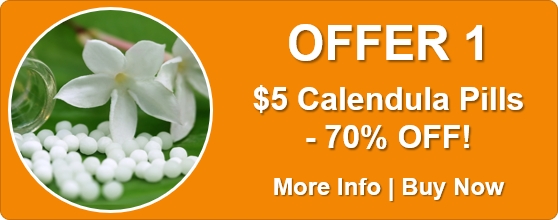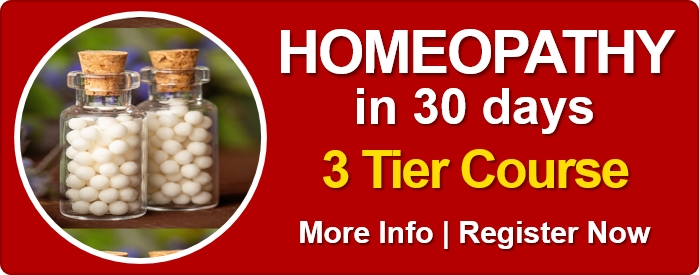Treating Acute Complaints – Step-by-Step
Remove the confusion on how to treat acute cases by homeopathy with this step-by-step guide.
Step 1
‘Causations’ (factors that cause disease) create ‘obstacles to cure’. Check if there is a maintaining cause for the problem, and if present, remove it.
As examples, Mould in a house can cause allergies; lack of sun (vitamin d) may lead to frequent respiratory infections; constant eye glare creates headaches.
Remove the cause and the symptoms resolve.
Step 2
As much as possible, observe and ask questions to create a ‘complete symptom’, A complete symptom covers:
- Location – the part or side of body in which the symptom/problem occurs.
- Sensation – burning, stinging, aching, pulsating, itching, etc.
- Modalities – Factors that worsen or improve the symptom.
- Concomitants – Another problem or symptom that is unrelated to the main concern but always occurs in conjunction with it. Eg. Headache and joint pain; earache and diarrhoea; itchy skin and hot feet.
As a general rule, a – d, in that order, narrow down the field of potential remedies on repertorising.
‘Sensation’, for example, can be used to eliminate some of the numerous ‘location’ remedies.
In the same way, modalities can eliminate excessive numbers of ‘sensation’ remedies.
Concomitants are of greater significance than modalities and reduce the field even further (but concomitants won’t always be present.
Step 3
Before repertorising the symptoms, separate:
- Common symptoms from the uncommon, unique, and individualising symptoms, and
- Particular symptoms from the general symptoms (mental-emotional and physical).
The most important symptoms of the case are the unique and general symptoms of the case. The prescription should be based on these symptoms.
Common and particular symptoms are less important but should be retained to one side as changes in symptoms will help show if the person is improving or aggravating with treatment.
Step 4
Repertorise the significant symptoms (uncommon/unique/individualising and generals).
Step 5
When looking at the completed repertorisation chart, if the lead remedies are unfamiliar, read about each in a materia medica and choose the one most appropriate for the symptoms of the case. With experience and increasing knowledge this may not be necessary.
Step 6
Paying attention to how sensitive to homeopathics the person may be, prescribe the best indicated remedy from either existing knowledge or materia medica study.
Acute conditions, because they are usually more intense than chronic states, often need more frequent repetitions of the remedy. How Often to Dose with a Homeopathic Remedy will act as a guide.
Step 7
Monitor the case.
Stop dosing once there is obvious improvement and repeat when improvement stall or symptoms start to return.
If there is no improvement by 3 – 4 doses, the remedy is incorrect; examine the symptoms again and re-prescribe.
Further information on different responses to a remedy may be read at:
Remedy Responses: What They Mean (Part A)
Remedy Responses: What They Mean (Part B)
Note
- Only treat the acute condition, not the underlying chronic disease. When an acute is an exacerbation of the underlying disease, it too will be partially treated by the acute remedy. If the acute problem is not part of the chronic state but something new, treating the chronic state will lead to aggravation rather than improvement. Treat the acute first and then treat the chronic disease at a later time.
- Mental-emotional symptoms may, or may not, be present during an acute. Focus on the physical symptoms and only include mental-emotional symptoms if intense, or if they only appeared at the start of the acute problem.








